There’s a widely held idea about technique that I think is a misconception, which is that technique is a method one adopts to create an effect. Training in Florence, people imagine I must have been taught a bunch of techniques. I’m not sure what's imagined these techniques might be, but there’s often the implication that there are certain tricks to create a sense of light, a likeness, believable form or colour or any other element of painting. The longer I’ve been painting the more I’m convinced that “technique” is actually a bit of a distraction.
Arguably, this is all semantics. Certainly, each painter has a way of using their materials, which one can analyse and describe as their technique. The material qualities of a painting play an enormous part in what makes for a great painting. And it is true that when I see a painting I admire, I go up close and stick my nose up to it to analyse the use of paint. There are some painters, like Van Dyck or Thomas Lawrence, who reward this kind of looking. They have such ease in drawing with oil paint, that the fluid marks show an apparently simple translation from what they see to what they paint. There is something almost miraculous about it, and I often find myself wondering about their methods, and whether there is some technique I can learn from it. The surface quality is seductive.
Critics have always been as much in awe as wary of artists with great technical fluency. The seductive can be meretricious. John Singer Sargent was endlessly called “clever” by critics, sometimes positively and sometimes negatively. One critic in 1882 described his Venetian paintings as “extremely clever, and we use the word extremely as indicating at once a danger and a merit”. Any painter with technical facility is at risk of tipping over the edge into gratuitously flashy paint use. Even great portrait painters like Lawrence, Sargent, Boldini and De Laszlo could at times guilty of slightly showy technique at the expense of truthful sensitivity.
There are two big problems with admiring artists for their technique. First is the abundance of truly great paintings which don’t seem to exhibit this apparent technical brilliance. No individual brush stroke shows any particular excellence, but the painting as a whole is utterly extraordinary. I would argue this is true of Titian and Velazquez, two of the greatest painters of all time. Their work is sober, almost austere, in lacking any particularly seductive surface quality. And yet they have such force, such life that few have ever come close to them.
The second problem with the idea of technique is sort of the inverse of the first: the abundance of truly horrible paintings with apparently flawless technique. The nineteenth century saw such an explosion in the number of artists pushing the technique of their realism, and any time I pop in to Sotheby’s or Christies to see what’s coming up (they’re often a great place to see work that is otherwise hard to see in public collections), I’m faced with an endless parade of glossy paintings, often of cutesy doll-like children or kittens playing with bubbles, which are so horrible they make me queasy. They are probably more in control of their medium than almost any painter alive today, but few would really mind if their work was binned. The fluent technique can’t save them.
What makes both a Velazquez and a Van Dyck so great, when their technique is so different, is their sense of judgement. Drawing, colour, composition, mark making are all a question of judgement. There is no trick. They both saw with extraordinary sensitivity, and painted with extraordinary judgement, using materials however would best express that vision.
Perhaps the best argument against obsessing over technique is the terrible condition of many Reynolds pictures. His endless searching after some technical ‘secret of the old masters’ (a phrase that always makes me wince), meant mixing all sorts of gunk into paint and using very impermanent pigments, resulting in endless blistered and cracked paintings the colour of black treacle.
I’m sympathetic to ol' Reynolds though, I look at great masters and wonder what materials and methods they were using; I continually experiment with different paints, brushes, surfaces, grinding pigments and mixing mediums, and I definitely want to make my surface quality as brilliant as I can, and when I look back over the last five years, I’m glad to see it has continually improved. But ultimately I’m trying to improve my sensitivity to what I see and my judgement in how I draw and paint it. The technique follows from there.
Arguably, this is all semantics. Certainly, each painter has a way of using their materials, which one can analyse and describe as their technique. The material qualities of a painting play an enormous part in what makes for a great painting. And it is true that when I see a painting I admire, I go up close and stick my nose up to it to analyse the use of paint. There are some painters, like Van Dyck or Thomas Lawrence, who reward this kind of looking. They have such ease in drawing with oil paint, that the fluid marks show an apparently simple translation from what they see to what they paint. There is something almost miraculous about it, and I often find myself wondering about their methods, and whether there is some technique I can learn from it. The surface quality is seductive.
Critics have always been as much in awe as wary of artists with great technical fluency. The seductive can be meretricious. John Singer Sargent was endlessly called “clever” by critics, sometimes positively and sometimes negatively. One critic in 1882 described his Venetian paintings as “extremely clever, and we use the word extremely as indicating at once a danger and a merit”. Any painter with technical facility is at risk of tipping over the edge into gratuitously flashy paint use. Even great portrait painters like Lawrence, Sargent, Boldini and De Laszlo could at times guilty of slightly showy technique at the expense of truthful sensitivity.
There are two big problems with admiring artists for their technique. First is the abundance of truly great paintings which don’t seem to exhibit this apparent technical brilliance. No individual brush stroke shows any particular excellence, but the painting as a whole is utterly extraordinary. I would argue this is true of Titian and Velazquez, two of the greatest painters of all time. Their work is sober, almost austere, in lacking any particularly seductive surface quality. And yet they have such force, such life that few have ever come close to them.
The second problem with the idea of technique is sort of the inverse of the first: the abundance of truly horrible paintings with apparently flawless technique. The nineteenth century saw such an explosion in the number of artists pushing the technique of their realism, and any time I pop in to Sotheby’s or Christies to see what’s coming up (they’re often a great place to see work that is otherwise hard to see in public collections), I’m faced with an endless parade of glossy paintings, often of cutesy doll-like children or kittens playing with bubbles, which are so horrible they make me queasy. They are probably more in control of their medium than almost any painter alive today, but few would really mind if their work was binned. The fluent technique can’t save them.
What makes both a Velazquez and a Van Dyck so great, when their technique is so different, is their sense of judgement. Drawing, colour, composition, mark making are all a question of judgement. There is no trick. They both saw with extraordinary sensitivity, and painted with extraordinary judgement, using materials however would best express that vision.
Perhaps the best argument against obsessing over technique is the terrible condition of many Reynolds pictures. His endless searching after some technical ‘secret of the old masters’ (a phrase that always makes me wince), meant mixing all sorts of gunk into paint and using very impermanent pigments, resulting in endless blistered and cracked paintings the colour of black treacle.
I’m sympathetic to ol' Reynolds though, I look at great masters and wonder what materials and methods they were using; I continually experiment with different paints, brushes, surfaces, grinding pigments and mixing mediums, and I definitely want to make my surface quality as brilliant as I can, and when I look back over the last five years, I’m glad to see it has continually improved. But ultimately I’m trying to improve my sensitivity to what I see and my judgement in how I draw and paint it. The technique follows from there.
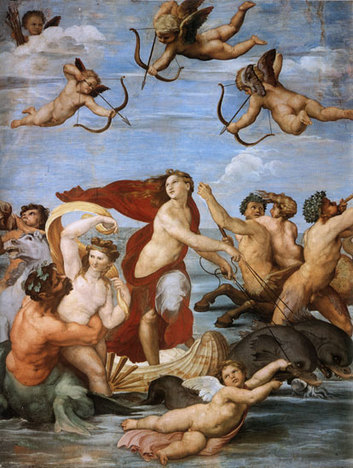
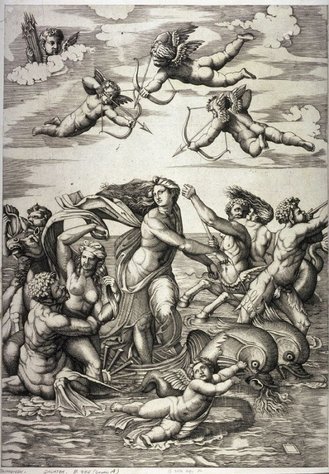
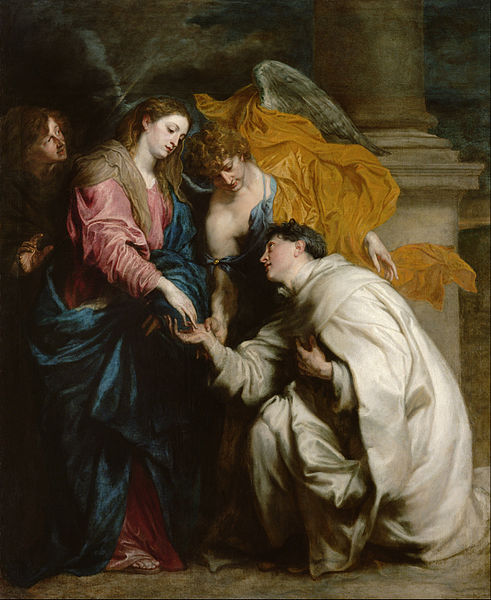
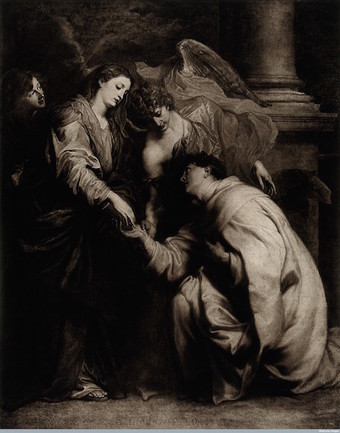
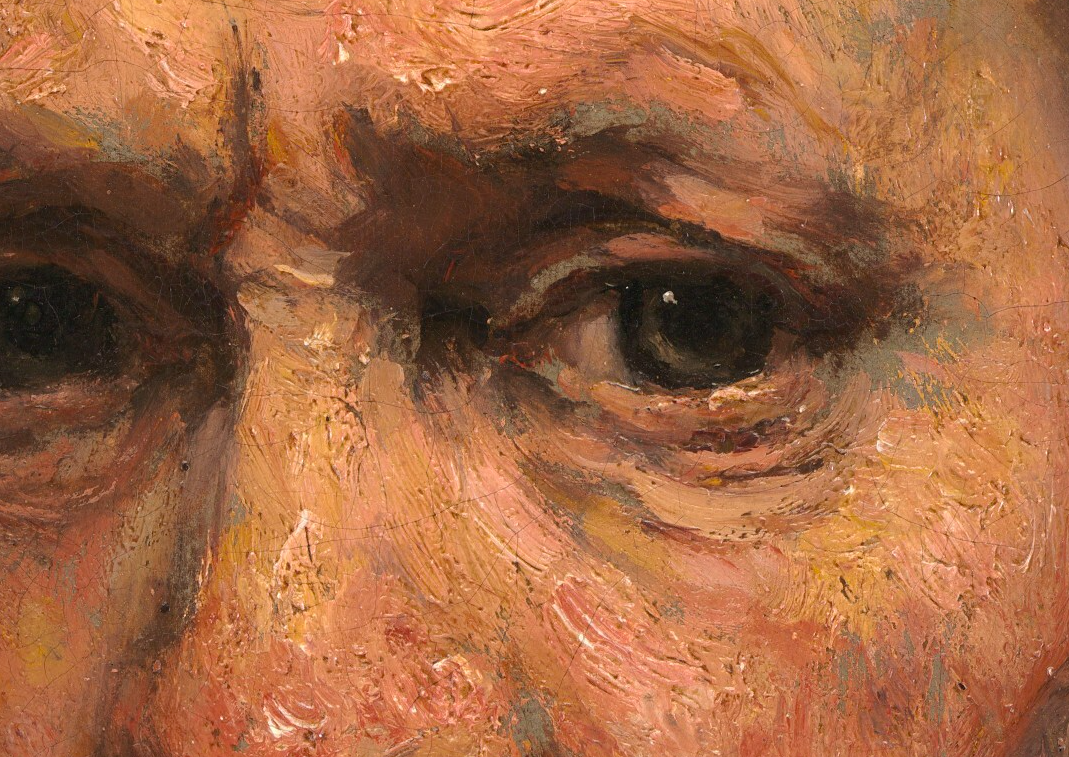
 RSS Feed
RSS Feed